Cadex Max 40 Wheels reviewed: $4500/£3500 is hard to justify; you just enjoy the ride
For those who can afford it, the Cadex Max 40 Wheelsystem offers a top-end package that delivers a light, fast and thoroughly enjoyable ride.
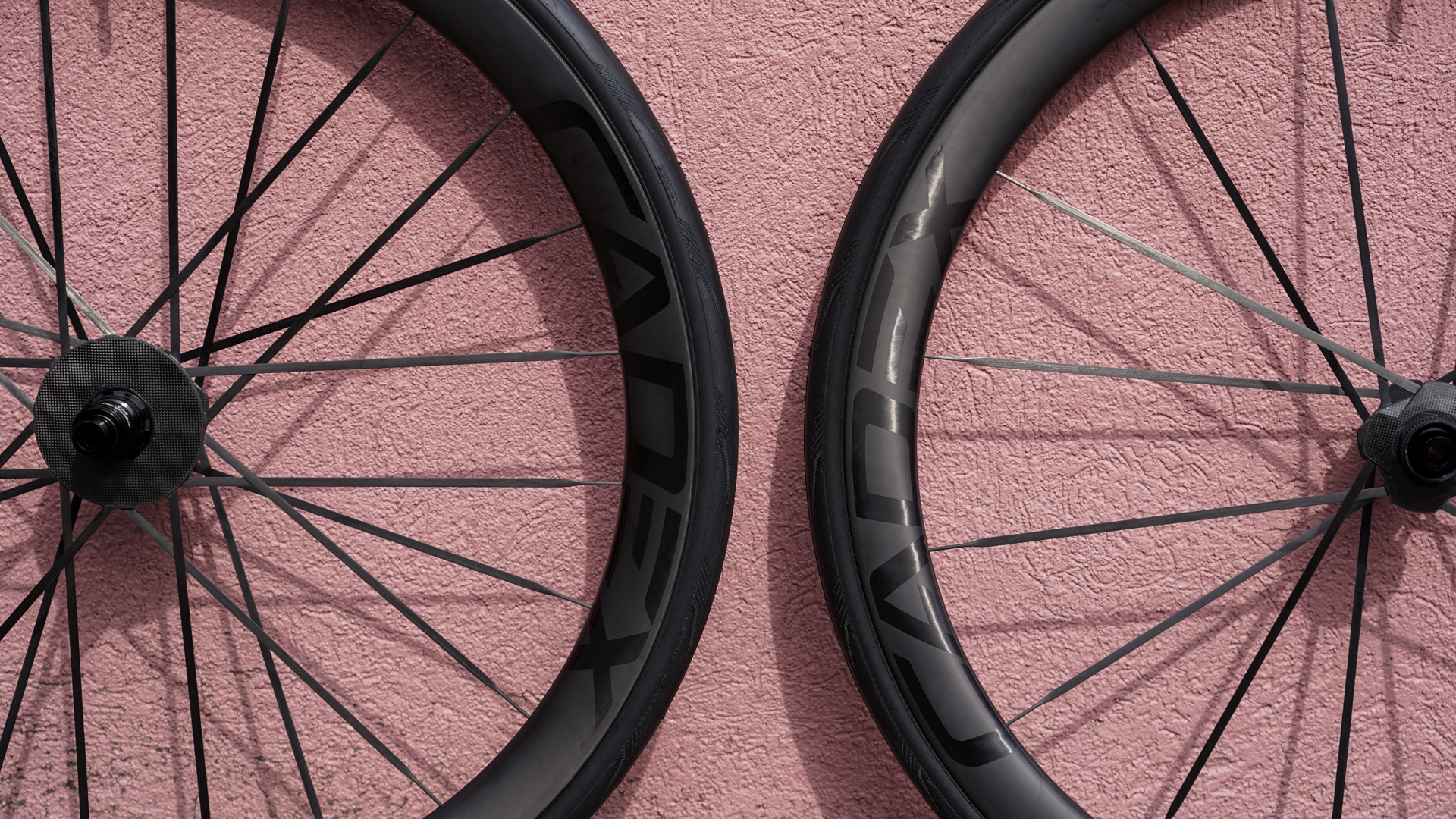
A wonderful all-rounder, the Cadex Max 40 wheelset delivers a top-tier package that looks fantastic, handles superbly and offers a fast and thoroughly enjoyable ride for long, undulating days in the saddle.
-
+
Light
-
+
Stiff
-
+
Stunning to behold
-
+
Responsive and fun to ride
-
+
Ceramic bearings
-
+
Great all-rounder
-
-
Extraordinary loud hub
-
-
Integrated carbon spokes can’t easily be replaced; hub-spoke structure will need to be replaced at an authorized Cadex dealer
-
-
Expensive
You can trust Cycling Weekly.
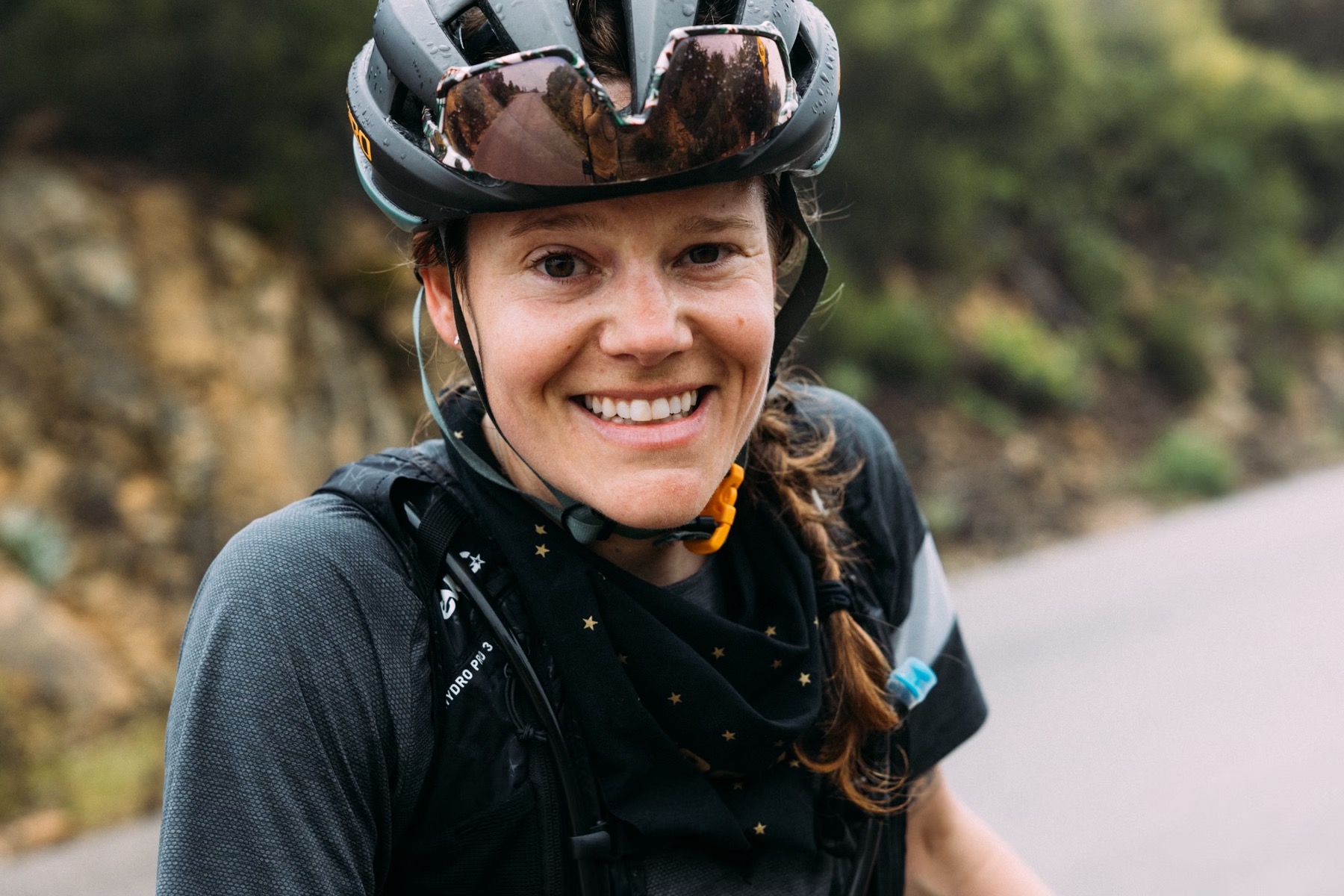
When the cycling industry, in its pursuit of performance excellence, pushes into the realms of the extraordinary, the price tag follows. All year, we’ve been writing about $18,000 race bikes, $4,600 groupsets, $2,400 power metres and $500 saddles. These days, premium products demand a premium investment, and Cadex’s newest wheelset, the Max 40, is no different. While they’re not quite in the luxury tier of the likes of Partington or Lightweight, they’re certainly a tier above Enve or Roval, which are already considered “premium.”
Dropping $4,500 on a set of wheels is nothing short of extravagant, and many consumers will never consider equipment in this price range. So, I will begin this review where I usually end it: by examining the value.
I’m not someone who will argue in favour of fancy for fancy's sake. A hefty price tag doesn’t inherently mean the product will impress. But after several months on these wheels, I have to admit: the Max 40s have won me over. My admiration for the engineering and ride feel of the Max 40s has grown with each ride, even though I struggle to justify the price tag. And therein lies the reviewer’s dilemma: how does one justify a $4,500 / £3500 wheelset? Honestly, you don’t. Some purchases transcend logical reasoning, tapping into passion, an appreciation for innovation and craftsmanship, or pure showboating. Whether it’s the allure of cutting-edge technology, the pursuit of excellence, or simply the joy of owning something different, the value lies in the experience and emotion it brings, not necessarily in the dollars spent.
So, with that said, meet the Cadex Max 40.
Introducing the Cadex Max 40
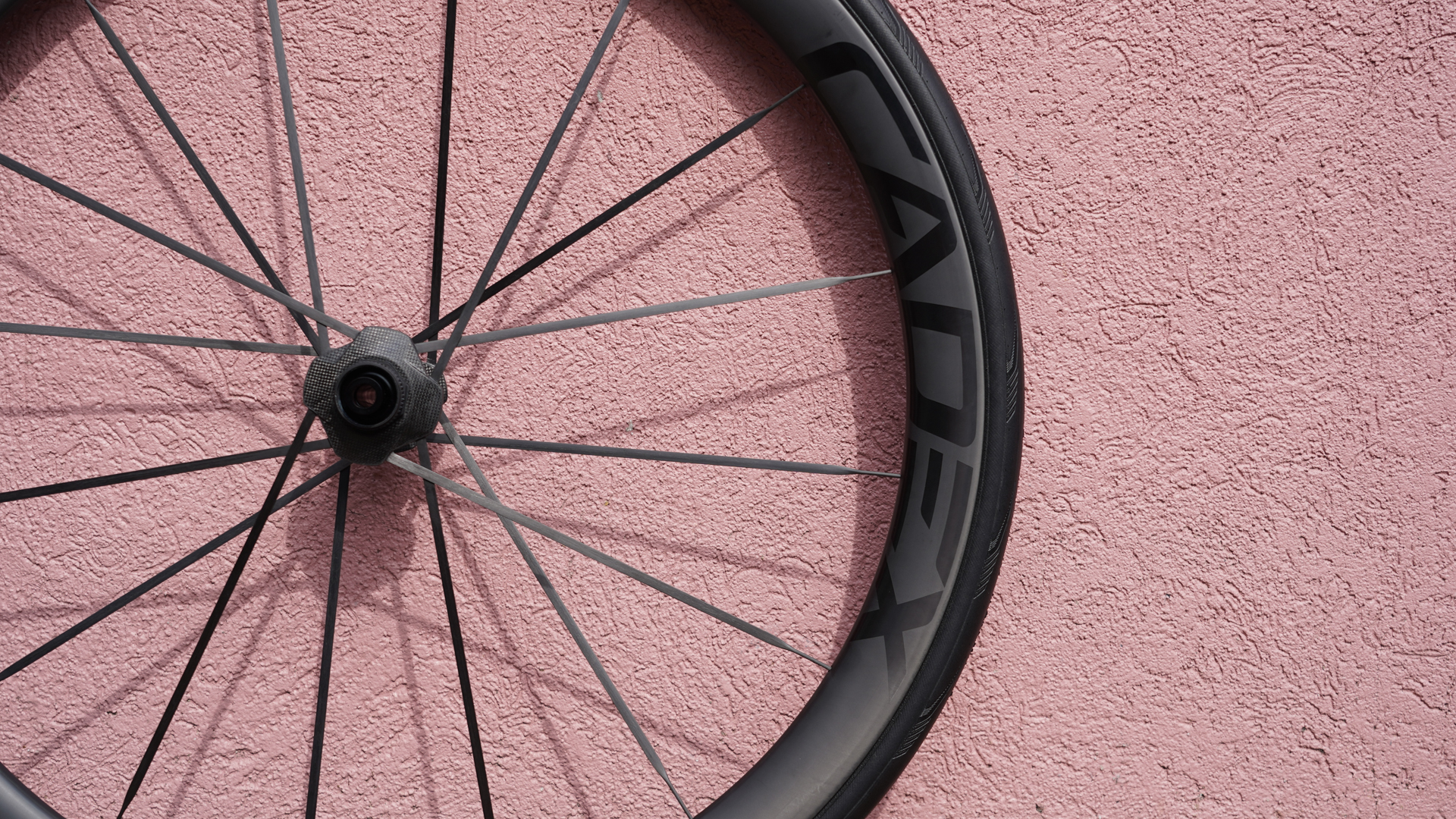
You’re forgiven if you aren’t familiar with Cadex as an aftermarket brand. The manufacturer of carbon fibre wheels, frames and other bike parts is a premium sub-brand of Giant, the biggest bicycle manufacturer in the world. Cadex was originally launched in the 1980s but reintroduced in 2019. The brand was developed to push the boundaries of performance through cutting-edge technology, with a particular focus on lightness, stiffness and aerodynamics. Its products are used by, and often developed with input from, the Giant-sponsored WorldTour teams, Team Jayco-AlUla and Liv AlUla Jayco. Cadex is to Giant as Roval is to Specialized, though Cadex increasingly acts as a standalone brand with its high-end products competing against the likes of Enve.
Cadex’s product categories are small but growing. Its wheel line consists of just five models with the Max 40 being the newest model, released this spring. In many ways, the new Max 40 makes the 36 Wheel, a climber wheel, redundant and questions the continuation of the 42 Wheel as well.
Light & Stiff
With a claimed weight of 1,249 grams for the wheelset, the Max 40 is the lightest wheelset the brand has ever offered. It’s also said to feature lab-test-proven aerodynamic advantages and the best-in-class stiffness-to-weight ratio on the market. Put to the test against Lightweight’s Obermayer EVO and Syncros’ Capital SL wheels, Cadex says the Max 40 wheelset was significantly stiffer (up to 44.9 percent) than its competitors.
Tubeless & Hookless
Like its previous models, the wheel sports a 22.4mm internal width and a hookless, tubeless rim. The rim is compatible with select tyres between 25 mm and 32 mm wide, but for optimum performance, Cadex suggests using its 28mm Race GC tyres.
Aero Benefits
Cadex says the 40mm rim depth “hits the sweet spot for optimal aerodynamic gains without adding weight or sacrificing stability in crosswinds.” Further aerodynamic gains come from the one-piece aero hub and spoke design. Here, the brand’s Super Aero Carbon Spokes are bonded straight into the aero hub flange, forming a one-piece structure with the hub. Alloy nipples are hidden at the rim for tuneability, but due to the one-piece hub design, the spokes cannot be replaced.
Finally, the 22.4mm inner rim width was designed to create a seamless interface between the rim wall and tyre sidewall for a more aero profile (assuming the tyre stays within the 25-32mm range).
Specs:
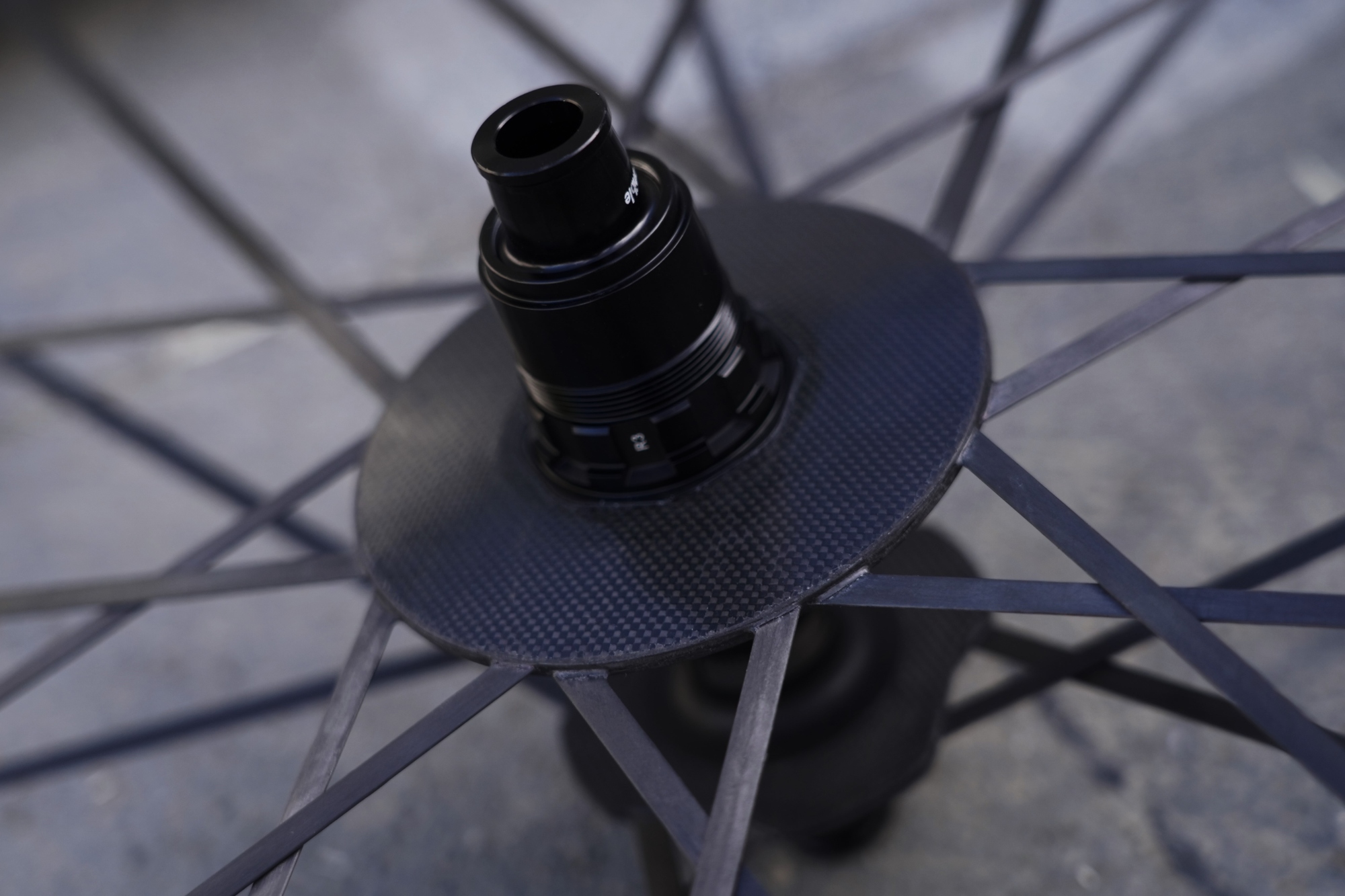
- Claimed weight: 1,249 grams
- Actual weight with tape and valves: 1,302 grams
- Price: Front: $2,000.00 / £1,499.99, Rear: $2,500.00 / £1,999.99
- Hub: Precision machined 48-tooth ratchet hub with Cadex ceramic bearings
- Shimano, SRAM XDR and Campagnolo N3W freehubs available
- Spokes: Cadex Super Aero Carbon Spokes. 16 spokes in the front, 24 spokes in the rear.
- Spokes are tuneable but not replaceable.
- Decal-free Graphics: Cadex’s carbon moulding technology allows fine-rim surface finishing treatment directly within the mould, eliminating the need for additional carbon treatment or decals.
- Rim: 40mm deep, internal width: 22.4
- Hookless, tubeless rim
- Compatible with 25-32mm tyres but aero-optimised around a 28mm tyre
- Max tyre pressure: 72.5 PSI
- Tyre combinability is limited, see chart here.
- Max rider weight: 285lbs
- Lifetime warranty and 5-year Incident Replacement
The Ride

Anne-Marije Rook's custom Hot Salad bike with a SRAM Red AXS groupset and Cadex Max 40 wheels
I received my test set in the middle of July, and promptly put the wheels on my scale. They came in at 52 grams over the claimed weight, which Cadex attributes to the rim tape and valves not being included in the specifications.
For the best riding experience, Cadex included a set of its 28mm Race tyres, which were a breeze to mount. I’ve used Cadex tyres before, and have consistently been impressed with the supple ride feel and surprisingly good flat resistance despite the low weight. Designed for race day, these 28mm tyres come in at just 315 grams and feature a 170 TPI, single-layer casing for ride feel, superior rolling efficiency and low weight. This season, I’ve gravitated towards Pirelli's new P Zero Race TLR RS tyre, but after two months of riding, I would confidently put the Cadex tyres on par with the Pirellis.
When I hit the road on these wheels, my initial impressions were purely subjective.
First, these wheels look absolutely stunning. The black-on-black colourway, the sleek and modern profile, and those flat carbon spokes that disappear into the carbon-weave hub flanges showcase the advanced engineering and materials that went into them. Just by looking at them, you know you’re getting something special.
Secondly, that hub sound is something else. This may just be the loudest hub I’ve ever encountered. While pedalling, it produces a pleasant buzzing sound, but when you stop, the freehub engages with a sound that can be heard from a mile away. If loud hubs aren’t your thing, Cadex suggests packing the hubs with a heavier grease to dampen the noise; otherwise, consider your bike bell redundant.
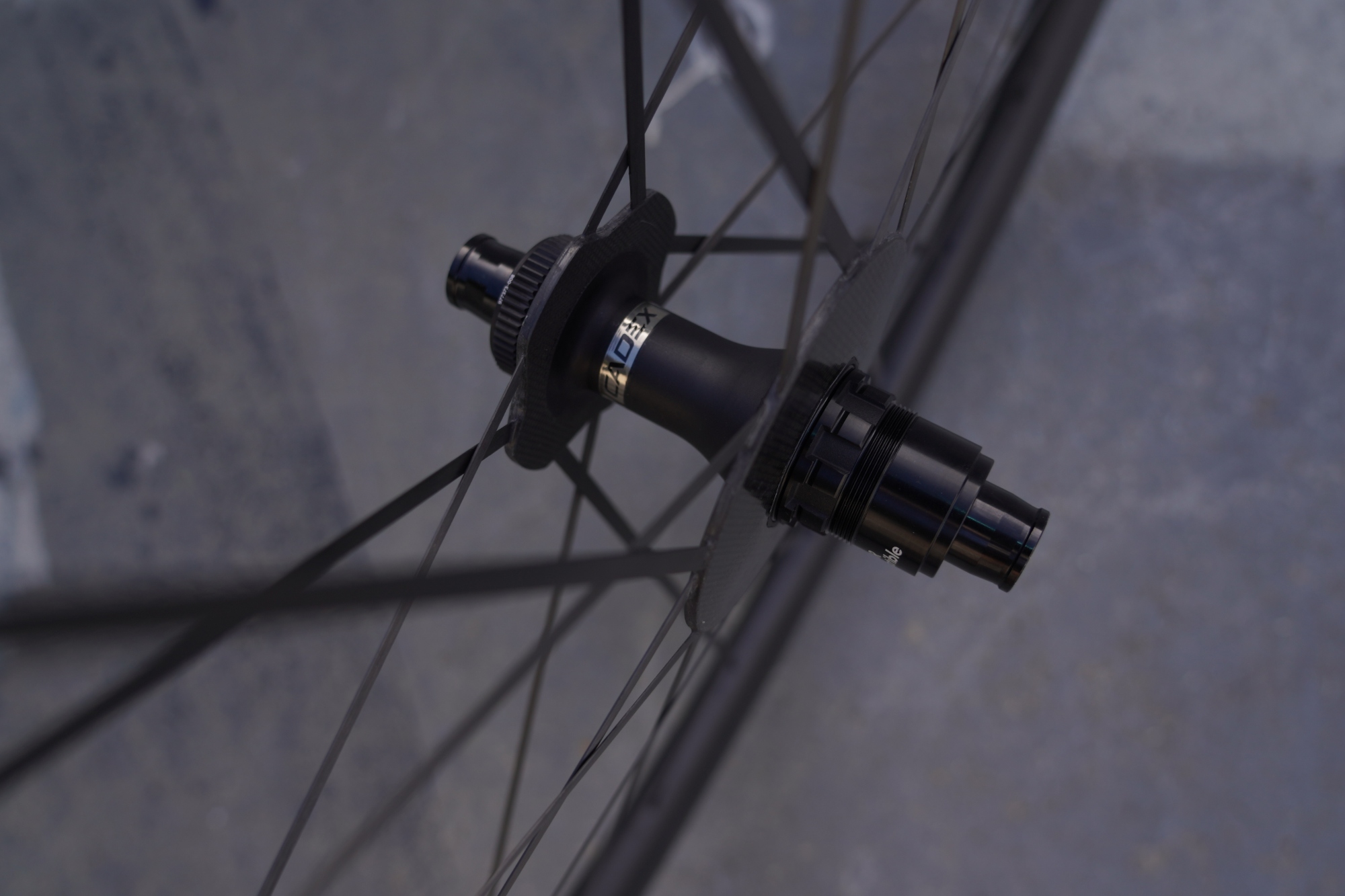
Ceramic bearings come standard on the Cadex Max 40
Cadex says the Max 40 was built for speed and designed to meet the demands of the climbers and GC riders of its sponsored WorldTour teams. A wheel that offers “efficient power transfer, aerodynamics, and, above all else, ultralight weight.”
Now, I’m by no means a climber or WorldTour racer, but I thoroughly enjoy the Max 40 Wheelsystem all the same. It is everything Cadex claims it to be: lightweight, stiff, and the perfect all-rounder for long, undulating days in the saddle. The ceramic hubs spin smoothly and accelerate quickly. While they may lack the whoosh factor of deeper-rimmed wheels, they make up for it in quick handling. The steering is precise and predictable, maintaining traction without feeling glued to the road.
Given the wheels’ low weight and superior stiffness, it comes as no surprise that they are great climbers, and as rim depth is trending deeper across the board, 40mm is now shallow enough to be considered a climbers’ wheel.
Yet only 100 grams differentiates the Max 40 from the 50 Ultra. And at this year’s Tour de France Femmes, the riders of the Cadex-sponsored Liv AlUla Jayco team were happy to take the weight penalty in favour of whatever aerodynamic gains 10 extra mm of rim buys you. Despite the mountainous terrain of the latter part of the race, riders opted for the 50 Ultra due to the “all-round nature of the wheels.”
But for the everyday cyclist who may not have an arsenal of wheels to choose from, a 40mm rim depth makes a lot of sense. It’s versatile and strikes a good balance between aerodynamic benefits and weight. It’s stable in cross-winds, more comfortable and lighter than a deeper wheel but still offers some aerodynamic benefits.
I should also note that despite their stiff build, the Max 40s are surprisingly comfortable. Tyres play a role here, certainly, and again, the Cadex Race tyres did not disappoint. The ride feel and handling are superb, and the more I rode the Cadex Max 40 Wheelsystem, the more I liked it—the wheels will add noticeable stiffness and liveliness to any steed you mount these to.
Hub noise aside, I can’t fault the ride quality.
Some Limitations:
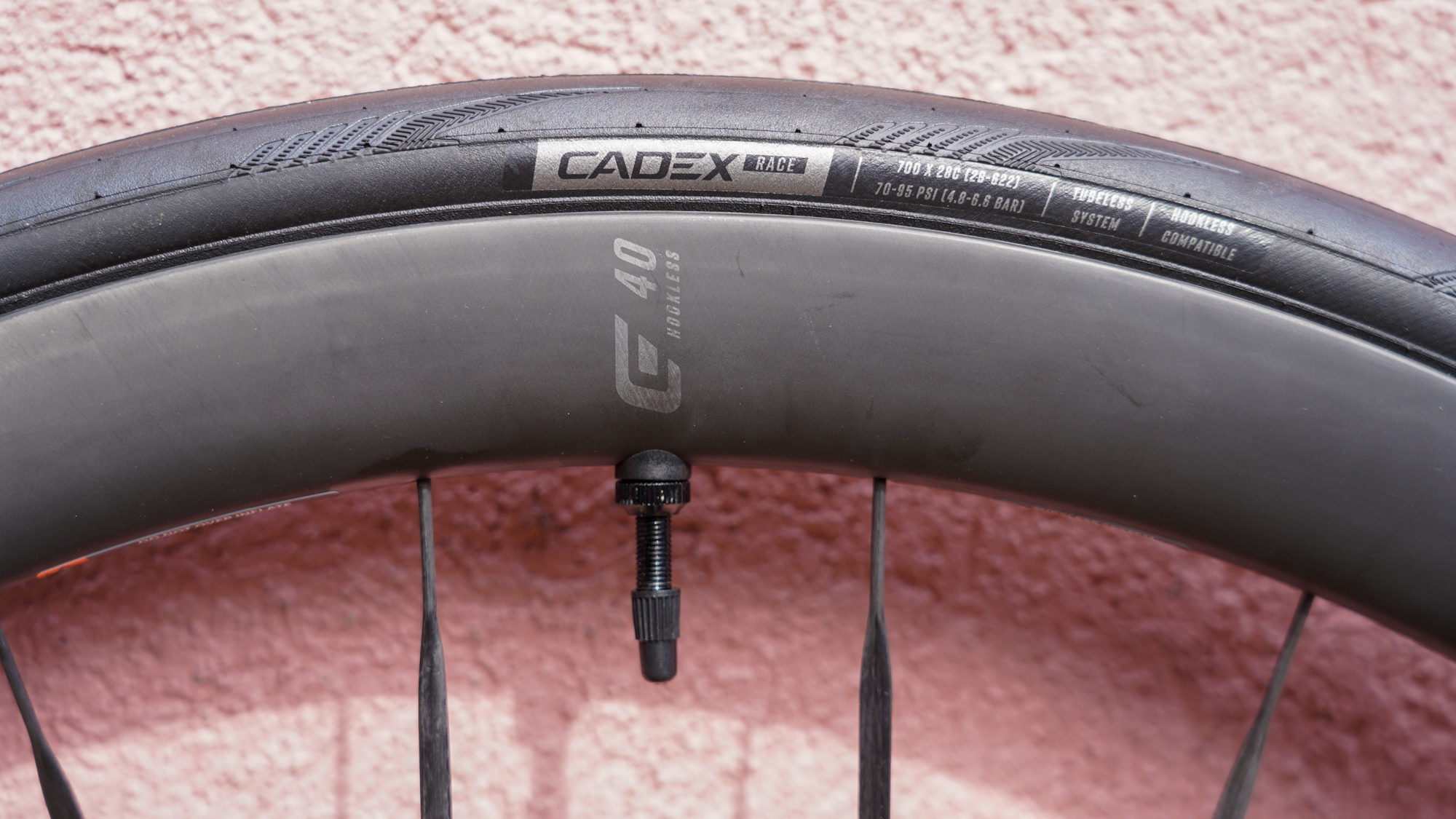
Cadex says its components are built to be used as a system, and Cadex tyres are the best choice for use with Cadex WheelSystems.
While the ride quality is superb, there are some limitations to the Max 40 Wheelsystem, starting with tyre compatibility. Cadex has put some of the most popular tyres through its test protocol and determined which are and are not compatible with its hookless design. The list of known compatible tyres is still rather short.
Also, due to the one-piece spoke and hub design, the carbon spokes are not replaceable. If you break a spoke on the Max 40, you won’t have to replace the entire wheel (as you would with the Syncros Capital or Lightweight Obermayer), but you will need to get the hub-spoke structure replaced at an authorized Cadex dealer. Even with the warranty, this is costly and certainly more time-consuming than swapping out a regular spoke, which makes me nervous about wheel transportation – especially if flights are involved.
Conclusion
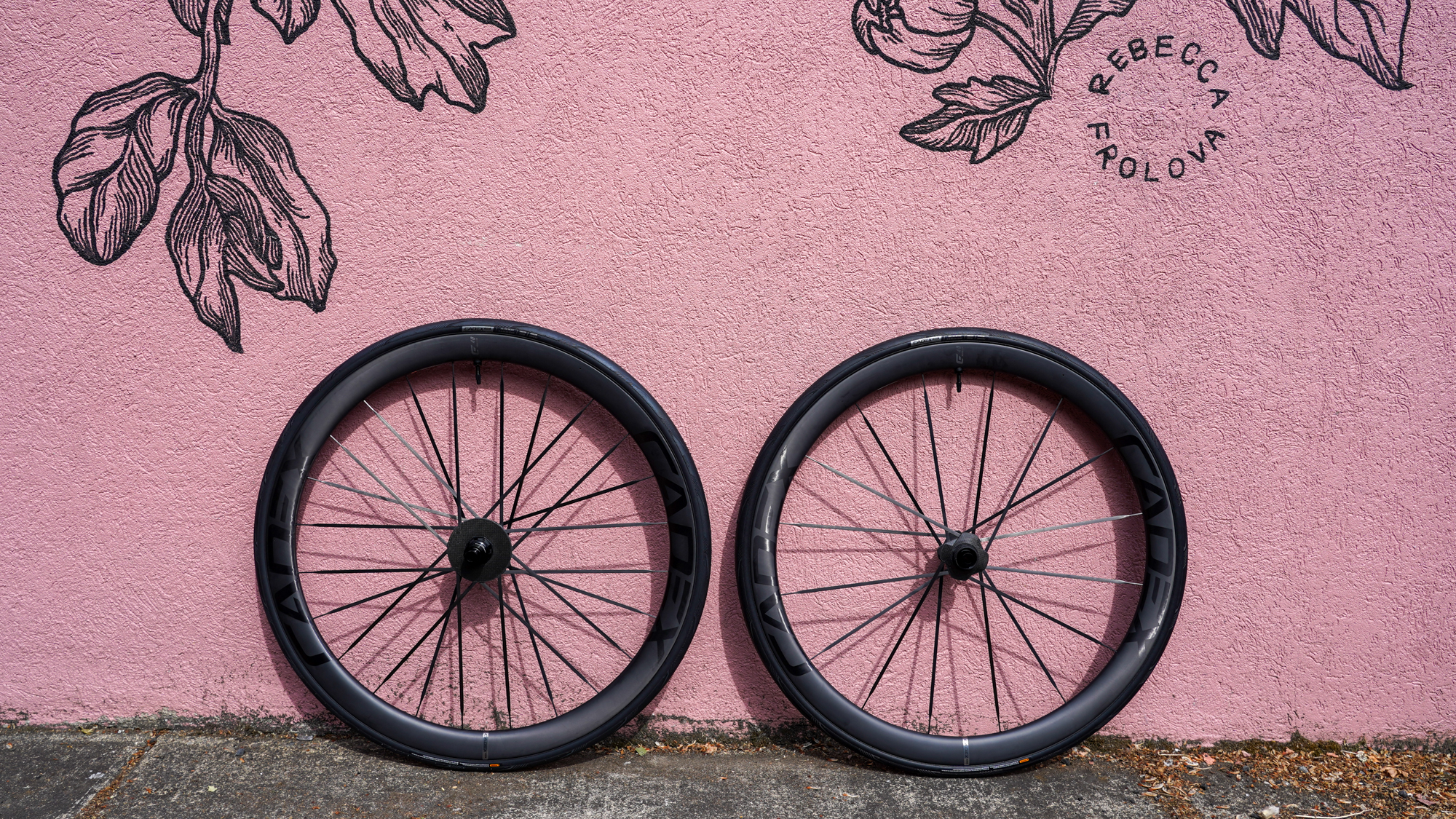
As mentioned in my opening paragraphs, the Cadex Max 40 wheels are an indulgence There are many great wheelsets that retail for a lot less. But a product like this borders on luxury and thus transcends logical reasoning.
If you’ve got the cash, the Cadex Max 40 wheelset offers a remarkable ride experience, combining stunning aesthetics with outstanding handling and speed, perfect for long, undulating rides.

Thank you for reading 20 articles this month* Join now for unlimited access
Enjoy your first month for just £1 / $1 / €1
*Read 5 free articles per month without a subscription

Join now for unlimited access
Try first month for just £1 / $1 / €1
Get The Leadout Newsletter
The latest race content, interviews, features, reviews and expert buying guides, direct to your inbox!

Cycling Weekly's North American Editor, Anne-Marije Rook is old school. She holds a degree in journalism and started out as a newspaper reporter — in print! She can even be seen bringing a pen and notepad to the press conference.
Originally from the Netherlands, she grew up a bike commuter and didn't find bike racing until her early twenties when living in Seattle, Washington. Strengthened by the many miles spent darting around Seattle's hilly streets on a steel single speed, Rook's progression in the sport was a quick one. As she competed at the elite level, her journalism career followed, and soon, she became a full-time cycling journalist. She's now been a journalist for two decades, including 12 years in cycling.
-
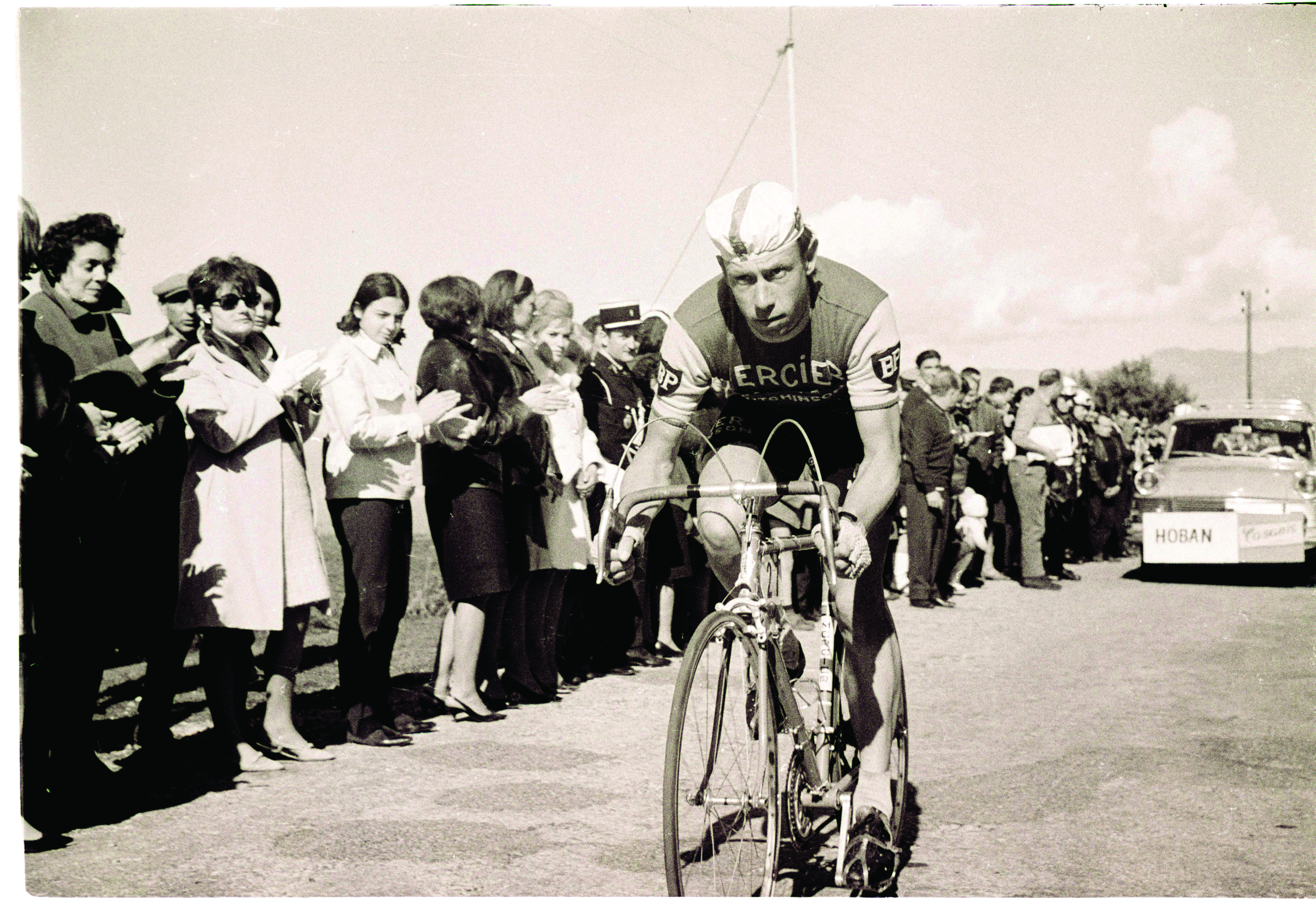 British cycling legend Barry Hoban dies aged 85
British cycling legend Barry Hoban dies aged 85Eight-time Tour de France stage winner paved way for future British success
By Adam Becket Published
-
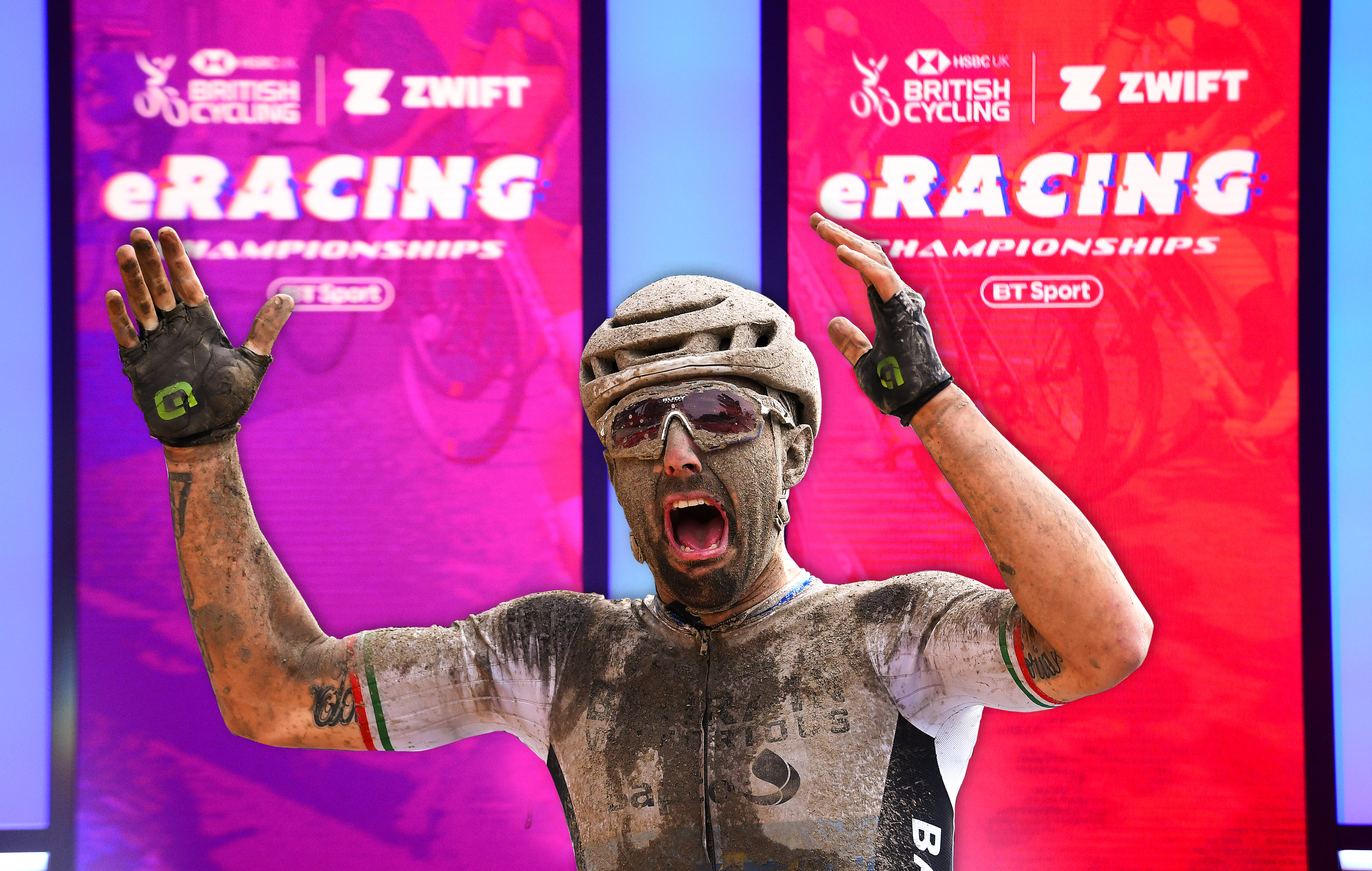 If safety was really the priority of racing, we’d be doing it online
If safety was really the priority of racing, we’d be doing it onlineWe’ll need to get more radical to reduce the risks of racing, says CW's columnist
By Michael Hutchinson Published
-
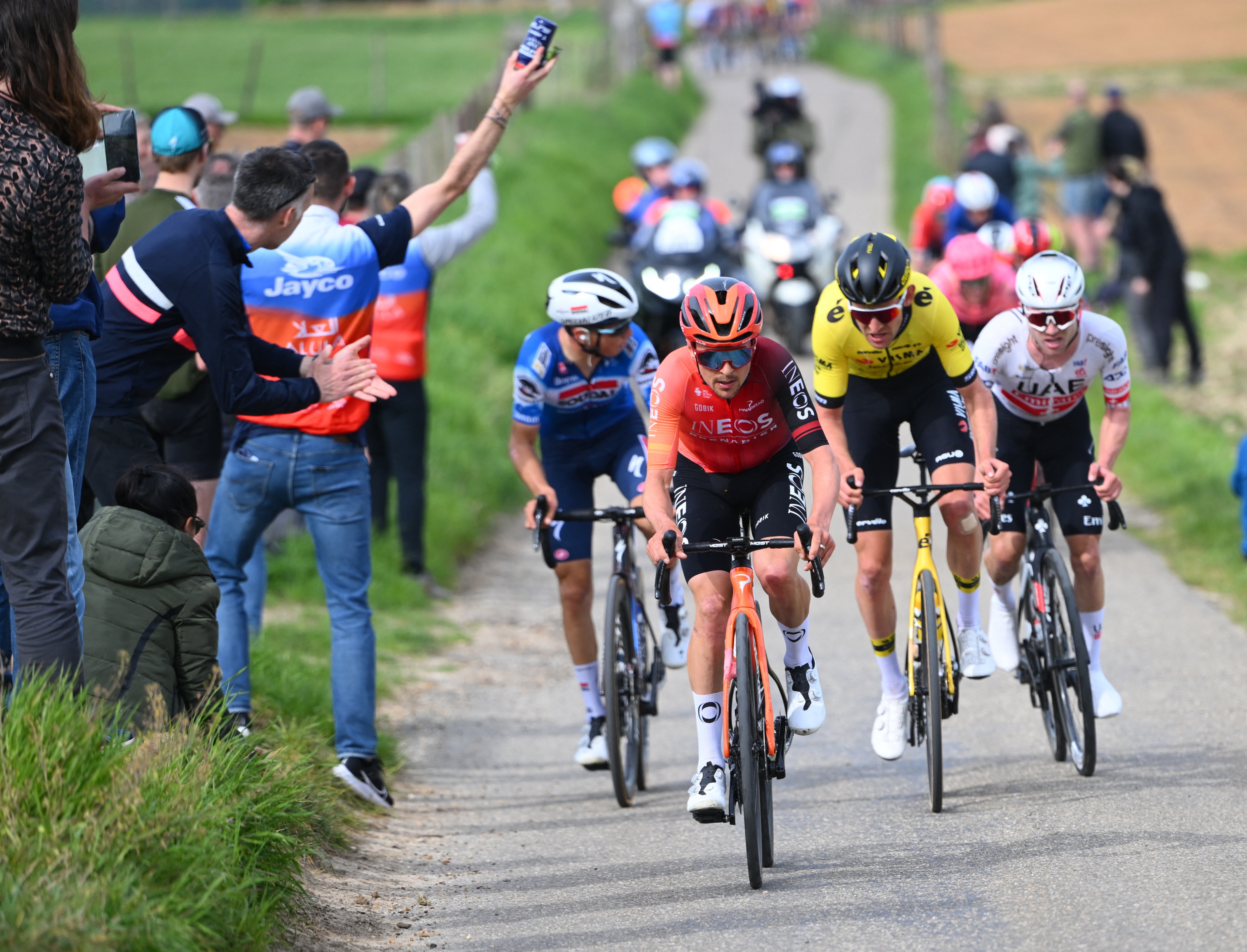 How to watch the Amstel Gold Race 2025: Everything you need to live stream the Dutch Classic
How to watch the Amstel Gold Race 2025: Everything you need to live stream the Dutch ClassicAll the broadcast information for the first of the Ardennes Classics on 20 April with Tom Pidcock – here's how to watch Amstel Gold Race online and on TV.
By Adam Becket Published